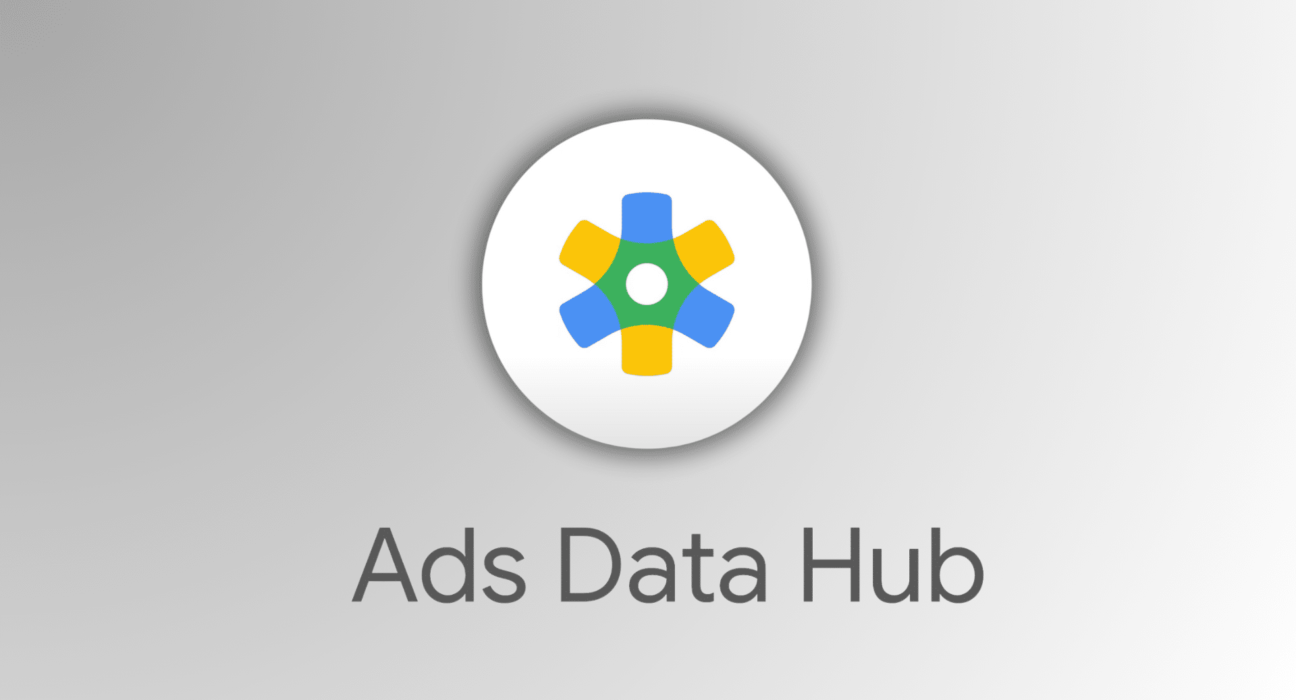As digital marketing continues to evolve, advertisers are increasingly focusing on leveraging data while adhering to privacy regulations. Google Ads Data Hub (ADH) has emerged as a powerful tool that enables advertisers to gain insights from their marketing data while ensuring compliance with privacy guidelines. Built on Google Cloud, ADH offers marketers the ability to analyze campaign performance in a secure and scalable environment.
In this blog, we’ll explore what Ads Data Hub is, how it works, its limitations, and how advertisers can use it to enhance their marketing efforts.
What is Google Ads Data Hub?
Google Ads Data Hub is a cloud-based platform that acts as a centralized repository for advertisers to analyze and unify their marketing data. It enables marketers to bring together insights from multiple data sources, including:
- Data from Google Ads (search, display, video, and shopping campaigns)
- Information from Google Analytics
- CRM systems (customer relationship management)
- First-party data collected from websites, apps, and even physical stores
One of the standout features of Ads Data Hub is its focus on privacy. ADH processes and aggregates data in a way that prevents advertisers from accessing personally identifiable information (PII), ensuring that campaigns comply with stringent privacy regulations, such as the General Data Protection Regulation (GDPR) and the California Consumer Privacy Act (CCPA).
How Does Google Ads Data Hub Work?
The functionality of Ads Data Hub revolves around a structured process that integrates data from different customer touchpoints. Here’s a breakdown of how it works:
- Upload First-Party Data
Advertisers upload their first-party data into Ads Data Hub. This can include customer interactions, website analytics, and app data. First-party data is essential because it allows advertisers to gain insights into their most valuable customers. - Data Matching and Privacy Protection
Once first-party data is uploaded, Ads Data Hub matches it with Google’s advertising data using secure identifiers, such as encrypted cookies or mobile IDs. This process ensures that the data is handled securely and that user privacy is protected throughout. - Query and Analysis with BigQuery
ADH is powered by Google Cloud’s BigQuery, allowing advertisers to write SQL queries to analyze their data within the platform. Importantly, the data never leaves the secure environment, and queries are designed to return aggregated insights rather than raw data, keeping PII hidden. - Reporting and Exporting Insights
After executing queries, advertisers can access aggregated reports that provide valuable insights into campaign performance. These reports can be exported for further analysis or integrated into other reporting tools such as Looker Studio.
Benefits of Using Google Ads Data Hub
Ads Data Hub provides a range of benefits to advertisers who want to make more informed, data-driven decisions:
- Cross-Platform Measurement
ADH enables advertisers to analyze how users interact with their ads across multiple platforms, such as YouTube and the Google Display Network. This holistic view provides insights into user behavior and engagement, allowing for more effective optimization of campaigns. - Deeper Insights with First-Party Data
Advertisers can upload and enrich their first-party data, enabling them to segment their audience more effectively and understand customer lifetime value, conversion behaviors, and engagement patterns. These insights allow for improved targeting and retargeting strategies. - Enhanced Privacy Protections
With privacy regulations becoming increasingly stringent, ADH offers a compliant solution for analyzing marketing data while safeguarding user privacy. Aggregated reports ensure that no PII is exposed, making it a secure environment for analysis.
Limitations of Google Ads Data Hub
While Ads Data Hub is a powerful tool, there are certain limitations that advertisers should be aware of:
- No Real-Time Data Access
There may be a delay in accessing the most recent campaign data. This can pose challenges for advertisers who require real-time insights to make quick decisions. - SQL Knowledge Required
ADH requires proficiency in SQL to run queries and analyze data. For companies without in-house data analysts or SQL experts, this could be a barrier to utilizing the platform’s full potential. - Limited Access to Raw Data
Advertisers cannot access raw, user-level data due to privacy restrictions. This limitation may reduce the depth of certain analyses, particularly for advertisers looking to conduct highly detailed segmentation.
When to Use Google Ads Data Hub
Ads Data Hub is particularly valuable for advertisers who want to consolidate data from various customer touchpoints and gain deeper insights into their campaigns. Here are some scenarios where ADH can be especially beneficial:
- Cross-Platform Measurement
Ads Data Hub is perfect for advertisers who need to measure user engagement across multiple platforms, such as YouTube, Google Display Network, and search campaigns. By integrating data from these platforms, ADH helps marketers understand how users interact with their ads, which channels are driving conversions, and where optimizations are needed. - Improving Retargeting Strategies
By enriching first-party data with insights from Ads Data Hub, advertisers can enhance their retargeting efforts. For example, they can segment users based on their past interactions with ads, helping create more personalized campaigns that drive higher conversion rates. - Optimizing for High-Value Customers
Advertisers can use CRM data to identify high-value customers and target them more effectively. By analyzing their engagement with YouTube or other platforms, marketers can craft messages and offers that maximize customer lifetime value.
Examples of Ads Data Hub Use Cases
Here are a few practical use cases that demonstrate the power of Google Ads Data Hub:
- Churn Prevention
ADH allows advertisers to identify users who are at risk of churning by analyzing their interactions with ads. Using this information, marketers can implement targeted retention strategies to re-engage these users and reduce churn rates. - Targeting High-Value Customers
By integrating CRM data, advertisers can focus their efforts on high-value customers who have interacted with their YouTube campaigns. Tailored messaging and offers can be used to enhance their experience and increase customer loyalty. - Geo-Specific Campaign Optimization
ADH can help advertisers analyze user interests and behavior by region. This allows them to fine-tune campaigns to better align with regional preferences, leading to improved conversion rates and better campaign performance. - Optimized Retargeting
By creating exclusion lists for users who have already converted, advertisers can avoid wasting ad spend on over-targeting. This ensures that the marketing budget is directed toward potential customers who have not yet engaged with the brand.
Final Thoughts
Google Ads Data Hub is a powerful tool that gives advertisers a way to make data-driven decisions while maintaining user privacy. By consolidating data from multiple touchpoints, ADH provides a comprehensive view of customer behavior and campaign performance, enabling advertisers to optimize their strategies with precision.
While it requires SQL proficiency and may not offer real-time insights, the depth of analysis that Ads Data Hub provides makes it a valuable asset for any marketer looking to gain a competitive edge. Whether you’re focusing on improving retargeting efforts, preventing churn, or targeting high-value customers, ADH offers the tools you need to succeed in today’s data-driven world.











Leave feedback about this